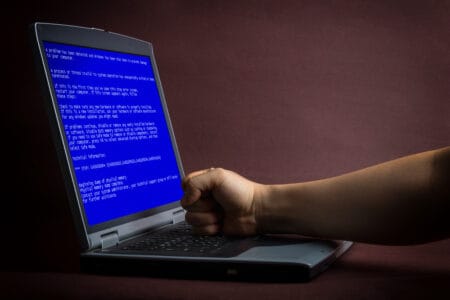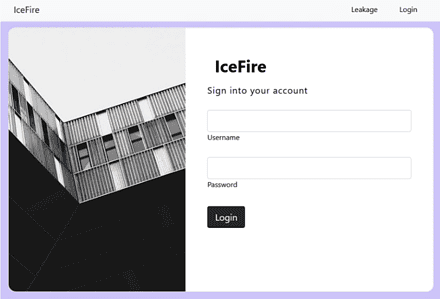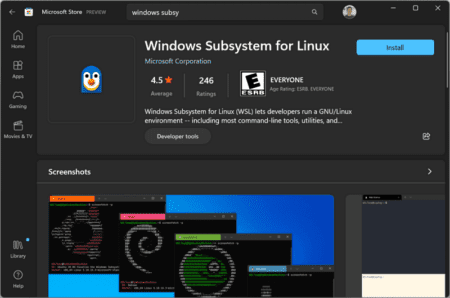Linux is getting its own version of the blue screen of death (BSOD) dreaded by Windows users. This error display should help Linux users resolve system crashes.
A BSOD has been a notorious occurrence among Windows users since the old versions of the Microsoft operating system. Usually, due to the often strange code displayed, it meant that a seemingly unsolvable problem had occurred and, as a result, the system in question had crashed.
Today, BSOD functionality allows Windows users to act as a diagnostic tool, with more information about possible system problems than before. Administrators can also get more information via a QR code sent along.
Linux-BSOD functionality
Linux has recently added so-called BSOD functionality to version 255 of the Linux systemd project. This version now features an experimental “systemd-bsod” component that provides a fullscreen display of various error messages in Linux system crashes.
Specifically, this component ensures that any logged error message that reaches the LOG-EMERG level in the open-source OS is made visible on a full screen. Users can then take a picture of this screen or write down the information displayed on it elsewhere. A QR code is also generated to make troubleshooting even easier.
Linux systemd functionality is used in many well-known Linux distros to manage services and settings. This functionality, and thus soon also the BSOD function, is present in the Debian, Fedora, Arch, Ubuntu, CentOS and RHEL distributions.
Other updates in v255 Linux systemd
In addition to the BSOD functionality, version 255 of the systemd component also received other updates. These include more updates for TPM support, disk encryption and the ability to apply “hibernation” in conjunction with btrfs file systems.
Also read: Version 9.3 of RHEL alternative Rocky Linux generally available



















